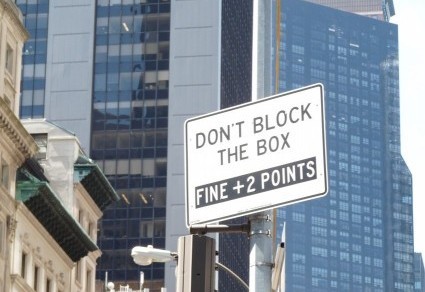Readers with sharp eyes and a keen sense of humor often send me photos of signs they’ve spotted around the city. These are from Constance, an attentive pedestrian whose witty observations brightened my day.
First up is this gem:

Should wheelchair users head in the opposite direction or move backwards in the direction indicated by the arrow?
Now to the river:

The caption on the sign is rather small, so I’ll reproduce it here: “For your safety please keep to the right.” Are pedestrians expected to balance on the railing or dive off the walkway? And how does either option enhance your safety?
Onward to a shopping district:

Is this sign the reason I see so many discarded masks on the sidewalk? Can a mask, or a mask-wearer, sue for being denied entry?
Have these muddled messages given you a headache? If so, this sign will probably not help:

How far away is the Pharmacy when it’s not on lunch break?
Please feel free to send me your answers, along with photos of silly signs you’ve encountered.

































